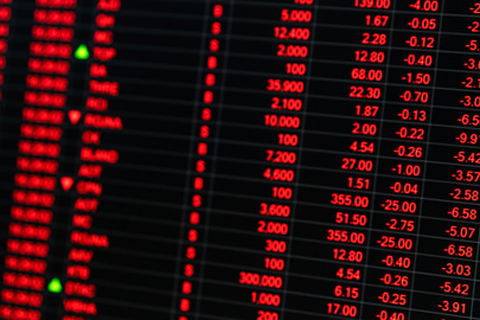Aluminium industry in western industrialised countries remains under pressure
by David Fleschen

There are growing indications that the aluminium industry in western industrialised countries remains under pressure due to comparatively high energy costs. Most recently, a US producer announced that it would permanently close one of its smelters in Washington State for this reason. The smelter had a capacity of 279 thousand tonnes per year, which was almost 10% of the company's total capacity. Russia's largest aluminium producer also reported significantly higher costs for the past year, which, in addition to higher energy prices, was also partly due to the loss of access to intermediate products from Ukraine and Australia. This was offset by robust demand, which meant that the company's aluminium sales remained stable compared to the previous year.
The most important customer remained the automotive industry, which is said to have accounted for 24% of global demand, driven by strong electric car as well as SUV sales. Demand from the construction sector, on the other hand, declined last year due to higher prices and interest rates as well as supply chain issues, according to the company. This trend is expected to continue this year, with demand growth likely to be higher overall due to an expected post-Corona boom in China. At the same time, global production should also increase, also thanks to China. Shanghai Metal Markets (SMM) forecasts - despite ongoing production restrictions due to power rationing - another strong production growth in China of 3% year-on-year. The International Aluminium Institute's figures for global aluminium production in February support this forecast so far. These showed an increase of almost 3% compared to the previous year as well as a slight increase in average daily production. However, the aforementioned production cuts outside China make it doubtful that global production can keep up with the overall increase in demand, which is why we are sticking to our forecast of a rising aluminium price in the course of the year.
Source: Commerzbank Research Photo: Fotolia

